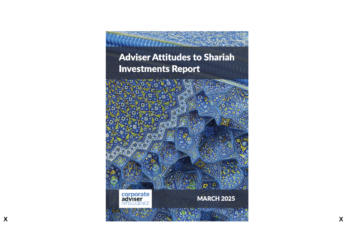Almost three million low earners currently excluded from the UK workplace pension savings system could be safely brought within the scope of auto-enrolment, according to the Pensions and Lifetime Savings Association (PLSA).
The PLSA enlisted Pensions Policy Institute (PPI) to explore how auto-enrolment benefits employees earning under £10,000 in the report ‘Every little helps: Should low earners be encouraged to save?’. Currently, this threshold determines eligibility for employers’ workplace pension schemes.
According to the report, abolishing the auto-enrolment rule for those making less than £10,000 might benefit nearly three million people by improving retirement outcomes by 7–13 per cent. Many people, particularly women and carers, receive lesser pensions because they aren’t registered immediately and lose out on tax breaks and employer payments if they don’t contribute.
The analysis found that 3.17 million people will be eligible for auto-enrolment in 2022 but will earn below £10,000. This group of people includes a disproportionate number of women, younger people, and persons approaching retirement. Low earners are also more likely to be hourly pay earners.
The study acknowledged that policymakers must take a number of measures to guarantee that these people can afford to save more, such as lowering the salary requirement for particular low earners or offering more savings choices.
Nigel Peaple, Director of Policy and Advocacy at the PLSA, said: “The £10,000 earnings threshold for auto-enrolment was employed to protect workers on the lowest earnings from saving for the future when they might be better off having more money in their pockets today. However, the existence of the threshold does result in certain groups, notably women and carers, having lower pensions than average.
“We wanted to understand the make-up of this under-researched group and explore whether policy interventions could safely improve their retirement outcomes without hurting their standard of living in the here and now.
“This research suggests it could be feasible to safely bring the majority of low earners into the automatic workplace pension savings system without significant detriment, provided there are also carefully designed policy measures to protect those at risk of over-saving. However, we believe more research is needed to be certain of this and that, if this is the case, further work will be needed on designing appropriate changes to the design of auto-enrolment, or the overall regime, to support the retirement income of low earners.
“We have been consulting with industry, stakeholders, consumer groups and other representative bodies on a set of policy proposals put forward in October last year, ‘Five Steps to Better Pensions’, and will be publishing a further set of recommendations on how to improve pension outcomes in the Autumn.”
PPI policy analyst John Upton says: “Our modelling demonstrates that nine in 10 low earners have some mitigating circumstance that would mean that, if they were to be automatically enrolled, their living standard is unlikely to be reduced below an adequate level. These mitigating circumstances could be things like living in a household with a high overall income, expecting higher earnings after graduating university, being already enrolled anyway, or being ineligible for auto- enrolment for other reasons.
“As auto-enrolment policy is further developed, it is worth considering whether levers can be introduced which ensure greater involvement of low earners who will not be disadvantaged by saving. With low earners being such a complex group, this is no mean feat. However, auto-enrolment has been one of the greatest success stories of pensions policy in recent history, and to include more of the right people in it would be a worthwhile achievement.”





